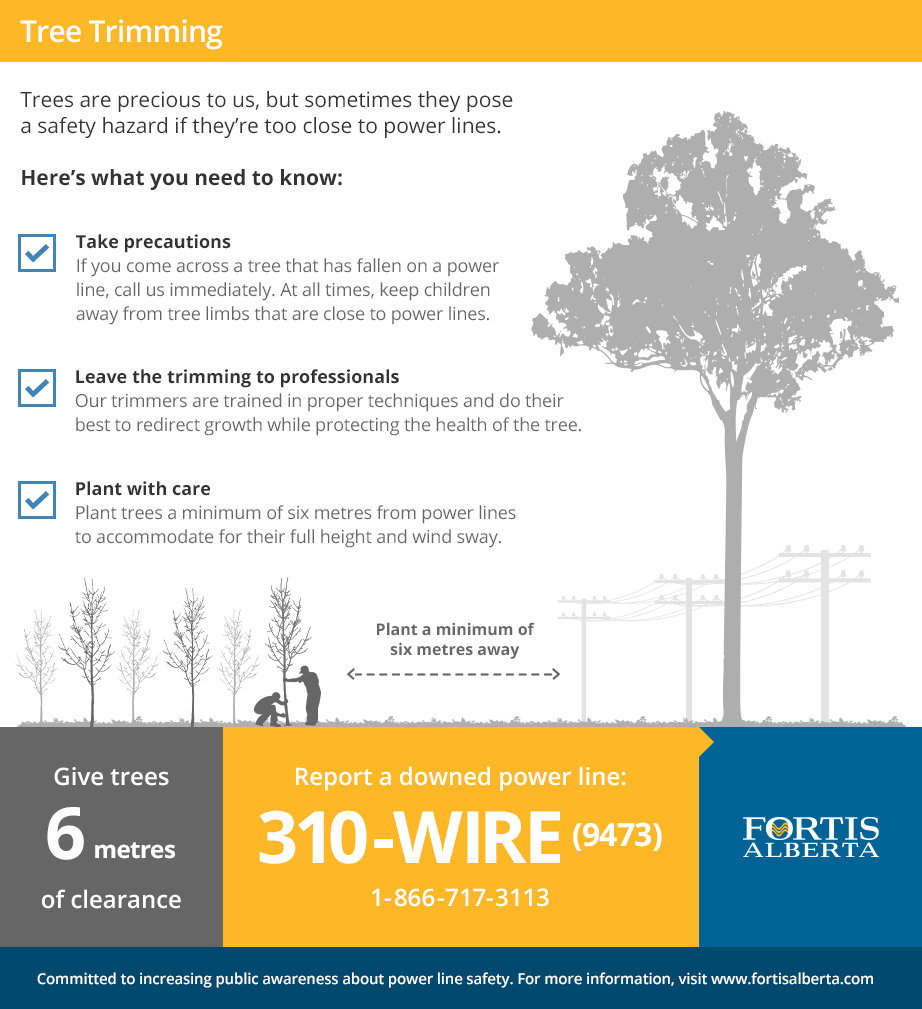Can Trees Be Saved? Exactly How To Tell If Tree Elimination Is Needed
Can Trees Be Saved? Exactly How To Tell If Tree Elimination Is Needed
Blog Article
Author-Dale Byers
If you've ever questioned the destiny of the trees on your building, recognizing when it's time for elimination is important. But just how do you establish if a tree can be saved or if elimination is the only alternative? By looking for certain indications and evaluating safety and security dangers, you can make educated decisions that profit both your landscape and your surroundings. Let's check out the key elements that enter into play when choosing the destiny of a tree and exactly how you can ensure the most effective outcome for your green buddies.
Indicators of Tree Decline
If you observe any of the adhering to signs of tree decline in your backyard, it might be time to think about tree removal.
One typical indication is dead or decaying branches, which can indicate underlying concerns affecting the tree's wellness. Look out for stained or shrivelled leaves that persist despite proper care, as this could be an indication of disease or parasites.
An additional warning signal is extreme leaning or a recognizable shift in the tree's base, which might suggest origin problems or structural instability. Watch out for fungal development on the trunk or origins, as this can suggest rot and jeopardize the tree's security.
In addition, if you observe large cracks in the trunk or significant limbs, it's essential to address these concerns without delay to prevent prospective dangers. Resolving these signs of tree decrease without delay can aid maintain the safety and aesthetic appeals of your backyard environment.
Safety and security Problems
To guarantee the well-being of your home and those around you, focusing on safety and security issues connected to trees is extremely important. Trees can posture different safety and security threats otherwise effectively kept. Dead or rotting branches may drop unexpectedly, endangering individuals or destructive structures.
Leaning trees can additionally be hazardous, specifically if they're leaning in the direction of a structure or power lines. In addition, trees with considerable root systems near foundations or underground energies can create considerable damages over time.
It's important to routinely examine your trees for any type of indicators of prospective threat. Keep an eye out for cracks in the trunk, huge dental caries, or indications of illness and decay. If you notice any of these issues, it's ideal to talk to a professional arborist to analyze the situation and establish the required course of action.
Taking proactive steps to address safety concerns promptly can protect against crashes and building damages in the future. Bear in mind, the safety and security of your residential or commercial property and those around you must constantly be the leading concern when it pertains to tree upkeep.
Consulting an Arborist
When taking into consideration the health and safety of your trees, getting in touch with an arborist is a vital step. Arborists are educated professionals that specialize in the treatment and upkeep of trees. https://www.google.com/search?q=Precision+Timber+Felling&ludocid=14488364426700125656&lpsid=CIHM0ogKEICAgICbz-eYigE&source=sh/x/localposts/m1/1&lsig=AB86z5XDzNisBWY-O2yj3bksCBA3&shndl=-1&kgs=857edde0ca74e2e9 can examine the total health and wellness of your trees, recognize any kind of problems such as conditions or architectural problems, and provide experienced suggestions on the most effective course of action.
By getting in touch with an arborist, you can receive important insights into the problem of your trees and figure out whether removal is essential. Arborists have the knowledge and experience to examine the risks connected with maintaining a tree versus removing it. They can also supply assistance on alternate options, such as pruning, cabling, or bracing, to help preserve the tree whenever possible.
Moreover, arborists can aid you browse any neighborhood guidelines or allows that may be needed for tree elimination. Their experience can make sure that the procedure is performed safely and in conformity with any kind of applicable laws.
Final thought
To conclude, when determining whether trees can be conserved or if removal is necessary, it is essential to consider indicators of decline and safety and security worries. Consulting an arborist for a comprehensive assessment is essential in making the best decision for the tree's health and possible threats. Bear in mind, proactive treatment and timely activity can aid maintain trees and avoid accidents.
